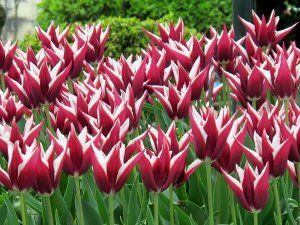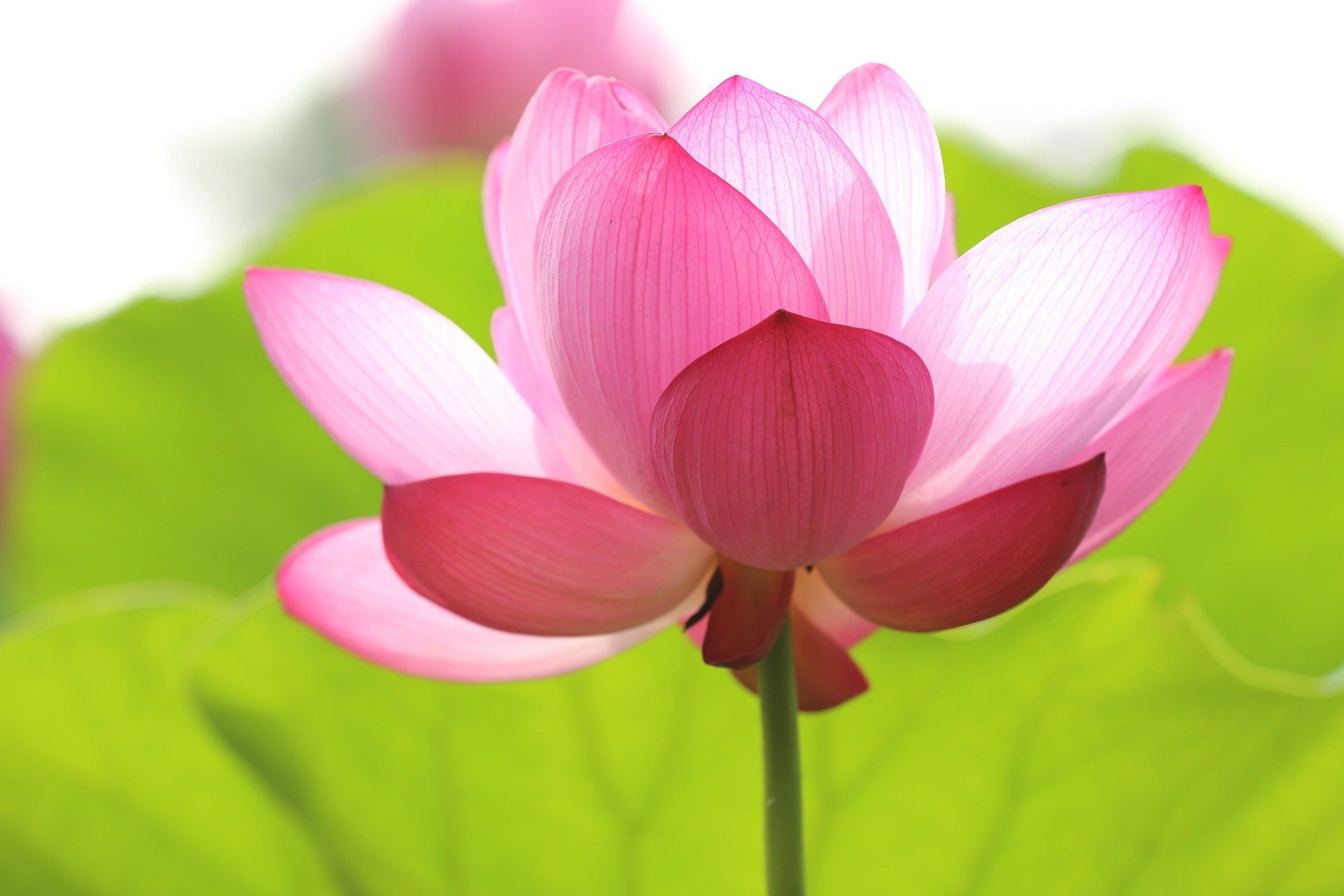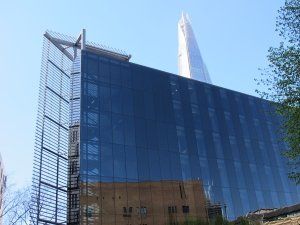Briefly San José
Costa Rica is a small country in Central America, about the size of West Virginia, separating Nicaragua to the north from Panama to the south-east. The Caribbean washes beaches on the east side, and the Pacific is to the west. The country offers an abundance of natural features, wildlife and the people show heart and passion.
The country's population is around 5 million with San José having an estimated population of 1,393,000 people. San José, the capital, rests in the central valley at an altitude of 3,839 feet (1,170 m) and can be a cooler place to stay. It is the transportation hub, a commercial centre and the place where all the cars and motor bikes in the country seem to gather. Tourists spend little time here with so much more countryside, rain forests, volcanoes and beaches to attract them. But with a main airport and roads radiating out from it, most people pass through. It is a city worth seeing purely to get a greater understanding of the history which makes this country unique.
By choosing a central hotel in which to stay, one can cover much of the city on foot. One such is Hotel Balmoral located on the pedestrian-only Avenida Central between Calle 7 & 9. Stepping out of the hotel and turning to the east (left) along Avenida Central, one comes to the impressive Jade Museum located between Calle 13 and the National Artisans Market. Much confusion abounds on the internet as the old location is still well documented putting it between Calles 9-11, Avenidas 7-9. Ignore those directions.
The collection of jade artifacts date from 500 B.C. to 800 A.D and the history is exquisitely laid out with wall panels, models and display cases. Jade is not native to Costa Rica and would have been acquired by trading. It is a very hard stone and the carving of it would have been arduous. The objects tell the story of the life and times of the people.
The history, rituals and cultural practices are also revealed through the large collection of pre-Columbian poly chrome terracotta vases, bowls and figurines. The display is on several floors and each room has a different ambiance, never leading to boredom. A pleasant café on the ground floor serves sandwiches and coffee.
Continue past the artisans market and one comes to the Plaza de la Democracia beyond which is a yellow fort looking building which houses the National Museum. We did not stop at this museum but I mention it because we did head south through the plaza and cross Avenida 2 to reach a quirky, recommended, restaurant where we had dinner the first night we were in town. It has enamel mugs hanging down, amongst bananas and onions, from wooden ceiling beams. The Restaurante Nuestra Tierra serves its coffee in the traditional Chorreador - a coffee making device where the coffee is dripped through a bolsita - a cotton bag. Not a cheap place, but you pay for the atmosphere reminiscent of a old Costa Rican homestead kitchen and the authentic food served on banana leaves is plentiful and tasty.
Head west (right) from the Hotel Balmoral along Aveneda Central, and one crosses Calle 5 to find the Plaza de la Cultura. At its south side is the red roof and side of the famous National Theatre, but under the plaza is the heavily guarded Pre-Columbian Gold Museum. As with the Jade museum it tells the story of the indigenous people of Costa Rica through 1600 pieces of gold worked between 500AD and 1500AD. The gold came from river silt and shoreline sand. The amazing workmanship reflects the social organization and everyday life of the people before the arrival of the Spanish in the 1500s.
It is important to walk around to the front of the National Theatre in the Plaza Juan Mora Fernandez. The Plaza is a vibrant noisy place with people sitting and watching the world go by and many hawkers accosting tourist groups to sell them ceramic whistles, sunglasses and out of circulation colourful old currency bills.
With the export of coffee to Europe, wealth came to Costa Rica and the desire for European culture. Since opera singers refused to perform in the previously existing building and there was difficulty coordinating the fund raising, it was the coffee merchants themselves who put a tax on each bag of coffee sold to raise the funds necessary to build an opera house. The classical style Renaissance theatre has marble brought from Italy and frescoed ceilings. The National Theatre is modeled on the famous Opera in Paris, was opened in 1897 and the first performance was Gounod's Faust.
To the left of the foyer is a café with marbled topped metal tables and chairs. Amazing fruit smoothies and light meals are served along with the ever important coffee. If a visit to the washroom is required one asks the waiter for a ticket permitting entry into the corridor surrounding the theatre. Before making a right turn to the washrooms I took a quick look through the curtains blocking off the concert hall to gaze on Costa Rica's pride and joy.
Exit the theatre on to Avenida 2 and head west one block to find the Metropolitan Cathedral. It faces the Central Park and another artisan market where crafts made in Central American countries are sold for reasonable prices. I tried bargaining in these markets but found there was little to be gained and basically the asking prices were fair. The Cathedral has pleasant colonial tiled flooring and stain glass windows. It is a good place to sit for a rest. It was built in 1871 after its predecessor had been destroyed by an earthquake.
Walking the streets of the city centre one gets a feel for the architecture, the industriousness of the inhabitants and a sense of who Costa Ricans think they are. We just got a small taste of what was offered. Strolling north to Morazán Park we found backless park benches enabling couples to sit astride the seat and so be in closer contact with each other.
Across the park is the tall Holiday Inn Hotel advertising a casino. We spent a pleasant couple of hours there out of the cool wind and threatening rain, playing the slot machines. There are many other casinos in town. Playing in the local currency with 500 colones to the dollar, allowed for an inexpensive outing.
For our last meal we looked for something simple and inexpensive. We could have - but had no wish to - had a meal at the KFC opposite the hotel. Instead we went one block west, up Calle 5 to the RostiPollos, obviously a place where the locals go. No English spoken but understood, we shared one dinner of half a chicken and mashed potatoes given to us with two plates. This was washed down with glasses of beer. A quiet friendly place.
I now have finished the coffee beans I brought back from Costa Rica, grown on the property where I walked. I've seen some beaches, volcanoes, rain forests, birds and animals and I have captured a few precious moments in my memory of the country's capital, San José.















